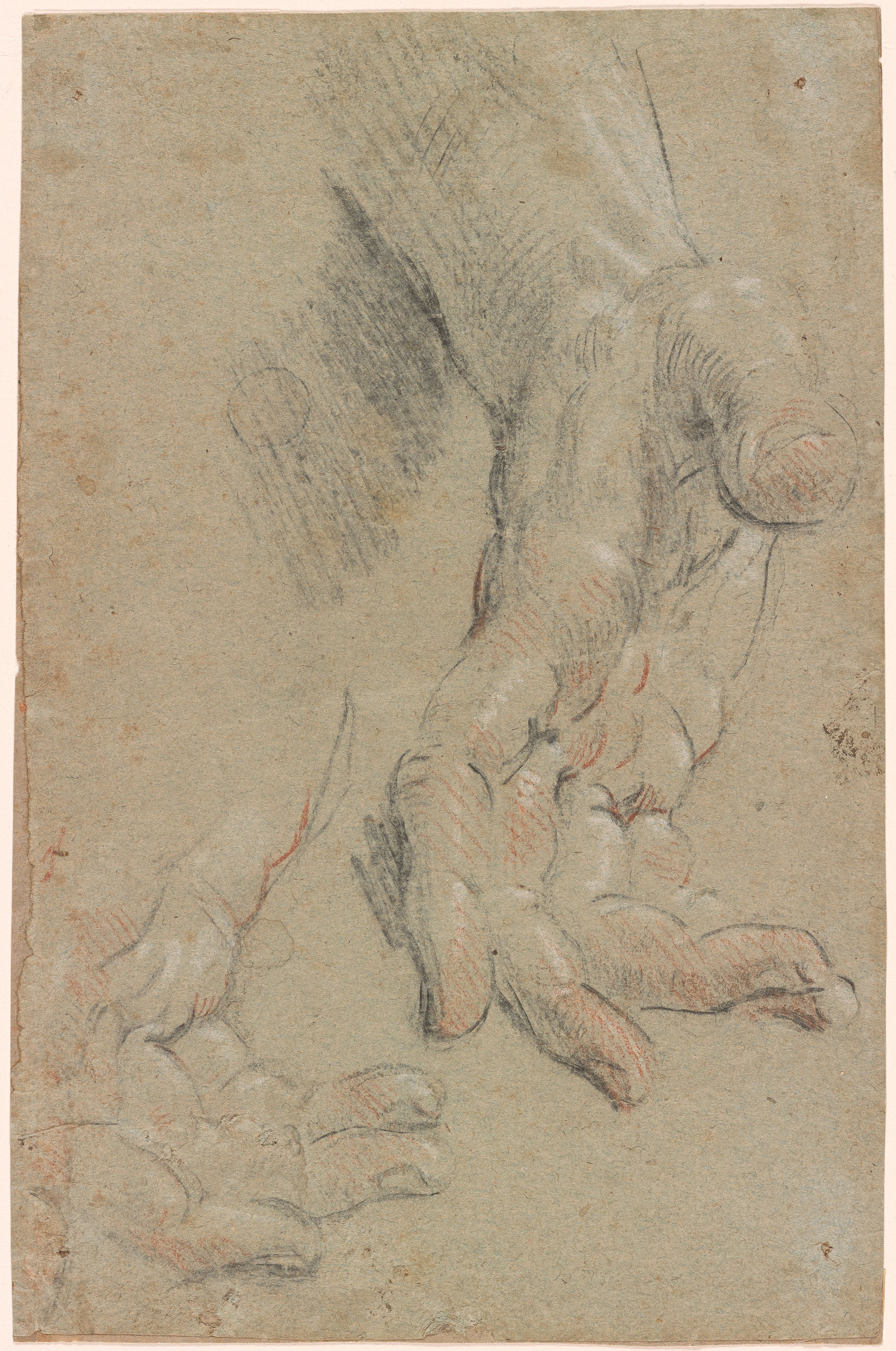

It said that the old manuscripts written in Pashto, Persian and Arabic worth millions of rupees needed urgent attention of the authorities concerned. A source added that still some of the manuscripts had been subjected to tampering or editing or change of nomenclature for vested interests. The sources said that some of the old documents had lost their vitality and at some places had been rendered illegible while a few had been damaged by bookworms. Four of the only surviving Old English manuscripts are on display at the British Library.PESHAWAR: Built in 1955, with an objective to promote and preserve, Pashto language and literature, the Pashto Academy, University of Peshawar, has 1,077 rare and old manuscripts in addition to around 50,000 most valuable books, but now they are gathering dust and experts feared if arrangements were not made well in time, the precious treasure trove from the ancient world would soon go to waste.īeing exposed to biodegradation, bookworms, humidity and hot weather, over 1,000 rare manuscripts related to Pashto language, literature, history and culture were stuffed into shabby wooden cabinets due to lack of space and proper maintenance where it feared, the most precious ancient stock of Pashto scholarship would get annihilated forever, a well-placed source at the Pashto Academy told Dawn. Though the origins of the manuscripts are mysterious-we don’t know the authors or the scribes-their staying power is a triumph that continues to enrich our understanding of history.Īnglo-Saxon Kingdoms: Art, World, War is on view at the British Library in London until February 19, 2019. In an age where information is available at our fingertips, the meticulous work of each scribe is all the more impressive.Īs historical artifacts, art objects, and important pieces of literature, the four codices are a unique window into Anglo-Saxon life. All likely produced in the 10th century, they are an incredible reminder of how precious the written word can be. The survivors are the Vercelli Book, which contains a wealth of Old English poetry the Beowulf Manuscript, the epic story of its titular hero the Junius Manuscript, comprised of four long-form religious poems and the Exeter Book, a 131-page manuscript filled with narrative poems, riddles, and elegies. All four are on display at the British Library as part of its Anglo-Saxon Kingdoms: Art, Word, Warexhibition. These four books of poetry, handwritten in the beautiful script we associate with Old English, are artistic jewels unto themselves, each displaying a different aspect of Medieval Anglo-Saxon society. Only four original literary manuscripts written in Old English have survived, each giving us a small glimpse into a culture that has long since disappeared.

Interestingly, for such an important language, written materials are scarce. However, the Old English language itself-though quite different-is actually the foundation of modern English. These days, the words “Old English” most likely conjures up images of a font used to evoke a historical feel. Beowulf Manuscript (Photo: anonymous Anglo-Saxon poet, via Wikimedia Commons)


 0 kommentar(er)
0 kommentar(er)
